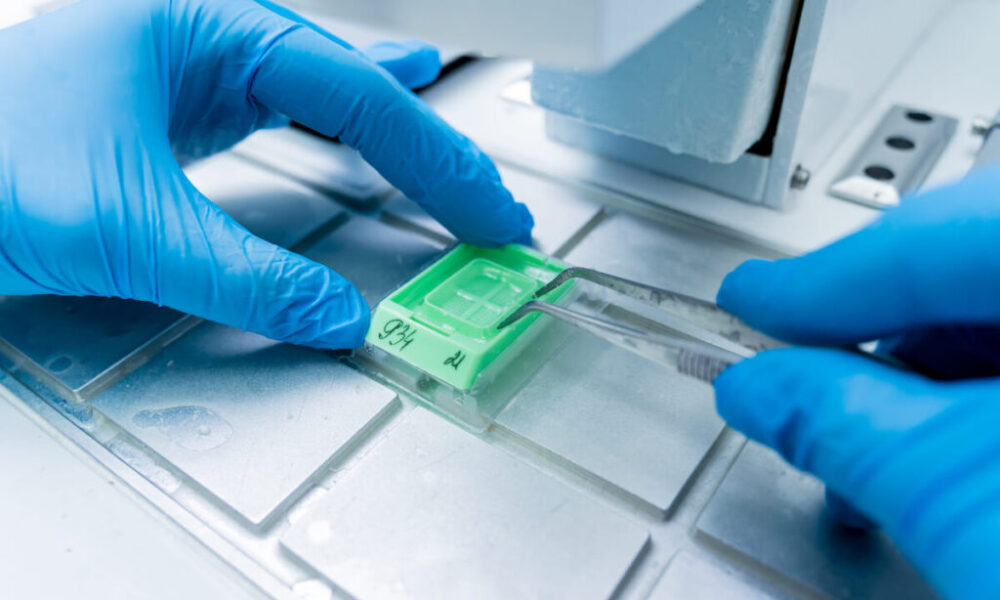Are you aware of how crucial control tissues are in diagnostic research? Especially in the terrain of pathology, Formalin-Fixed, Paraffin-Embedded (FFPE) control tissue is vital for guaranteeing the precision and dependability of procedures. They are a benchmark for validating various methods, ensuring that the tests yield consistent and reliable results.
If you’re involved in diagnostic research, consider incorporating FFPE control tissue into your protocols to ensure the highest standards of accuracy and reliability. You must take the next step in improving accuracy and enhancing patient care with this. Now, let’s explore the significance of these tissues in research, focusing on their applications, preparation process, and benefits in enhancing the accuracy of tests.
Diverse Applications
These tissues are widely used in a variety of research applications, providing a standard against which patient samples can be compared. These applications include:
- Histopathology: Such tissues are crucial in histopathological studies, as they help pathologists identify and confirm the presence of specific diseases by comparing patient samples to known control tissues.
- Immunohistochemistry (IHC): In IHC, these are used to validate the staining process, ensuring that antibodies bind correctly to target antigens in patient samples.
- Molecular Diagnostics: They serve as controls in molecular techniques like PCR and sequencing, helping to validate the accuracy and reproducibility of these tests.
- Quality Control: Laboratories use FFPE control tissues to monitor the quality and consistency of their procedures over time, ensuring reliable results.
Preparation of Such Tissues
The preparation involves several critical steps that preserve the structural and molecular integrity, making it suitable for various applications.
- Tissue Fixation: The process begins with the fixation of samples in formalin. This step preserves the tissue by cross-linking proteins and preventing degradation.
- Dehydration and Embedding: Following fixation, the tissue is immersed in paraffin wax after being repeatedly dehydrated with alcohol solutions before being immersed in paraffin wax. This step solidifies the tissue, making it easier to slice into thin sections.
- Sectioning: The paraffin-embedded FFPE is then sliced into thin sections using a microtome. These sections are placed on microscope slides for further analysis.
- Quality Assurance: Extensive quality assurance testing is performed to guarantee that every batch meets the requirements for usage.
What Are The Benefits?
Using such tissues offers several benefits that enhance the reliability and accuracy of the tests.
- Consistency: These provide a consistent standard for comparison, ensuring that tests yield reliable results across different laboratories and over time.
- Versatility: These are suitable for various applications, including histopathology, IHC, and molecular diagnostics, making them a valuable resource in research and clinical settings.
- Long-Term Stability: The FFPE process preserves tissue samples for long-term storage, allowing researchers to use from the same batch over extended periods.
- Cost-Effectiveness: By providing a reliable standard for validating diagnostic tests, they help reduce the need for repeat testing and minimize the risk of errors, saving both time and resources.
Ensuring Diagnostic Accuracy
By providing a standardized reference, such tissues help ensure that procedures are performed correctly and yield consistent results.
- Validation of Techniques: These tissues are essential for validating new techniques and protocols, ensuring that they work as intended before being used in clinical practice.
- Training and Proficiency Testing: Laboratories use these for training purposes and proficiency testing, helping technicians develop and maintain their skills in performing diagnostic tests.
- Troubleshooting: When these tests yield unexpected results, they can be used to check and identify the issues with the testing process, ensuring accurate diagnoses.
FFPE control tissue is necessary for diagnostic research because it provides a consistent and reliable standard for validating various procedures. Its applications in histopathology, immunohistochemistry, and molecular diagnostics underscore its importance in ensuring the accuracy and reliability of tests. Researchers and clinicians can use these control tissues to enhance the quality of their work, leading to better patient outcomes.
